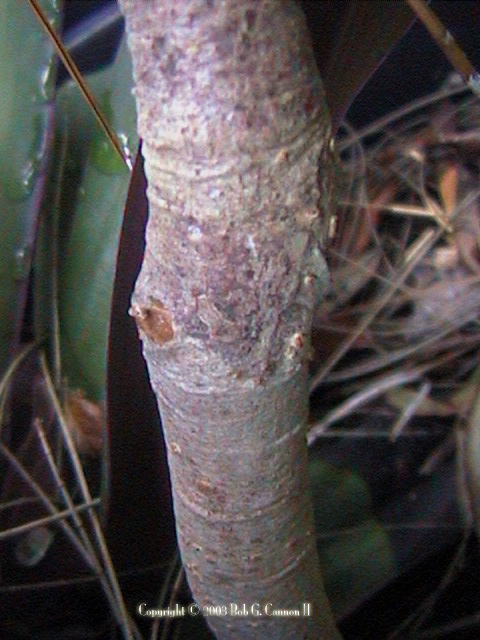Some history: Sometime ago I posted asking about this Japanese Maple:
http://www.arboristsite.com/showthread.php?t=33754
Well, a bit later, and a horrible record breaking late season freeze in TN, my wonderful Japanese maple (I just loved that tree) now looks like well, ... see attached.
So, what to do?? Here is the advice I've received from various sources:
1) Water it alot. Wait till next year to trim the dead limbs.
2) Trip the dead limbs now. Water it alot.
3) Wait till next year. The tree is probably not going to recover anyhow. Ha ha. You bought an expensive tree. Don't do that again!
thanks in advice to all the helpful people here!
mesh
http://www.arboristsite.com/showthread.php?t=33754
Well, a bit later, and a horrible record breaking late season freeze in TN, my wonderful Japanese maple (I just loved that tree) now looks like well, ... see attached.
So, what to do?? Here is the advice I've received from various sources:
1) Water it alot. Wait till next year to trim the dead limbs.
2) Trip the dead limbs now. Water it alot.
3) Wait till next year. The tree is probably not going to recover anyhow. Ha ha. You bought an expensive tree. Don't do that again!

thanks in advice to all the helpful people here!
mesh
Last edited:



























































